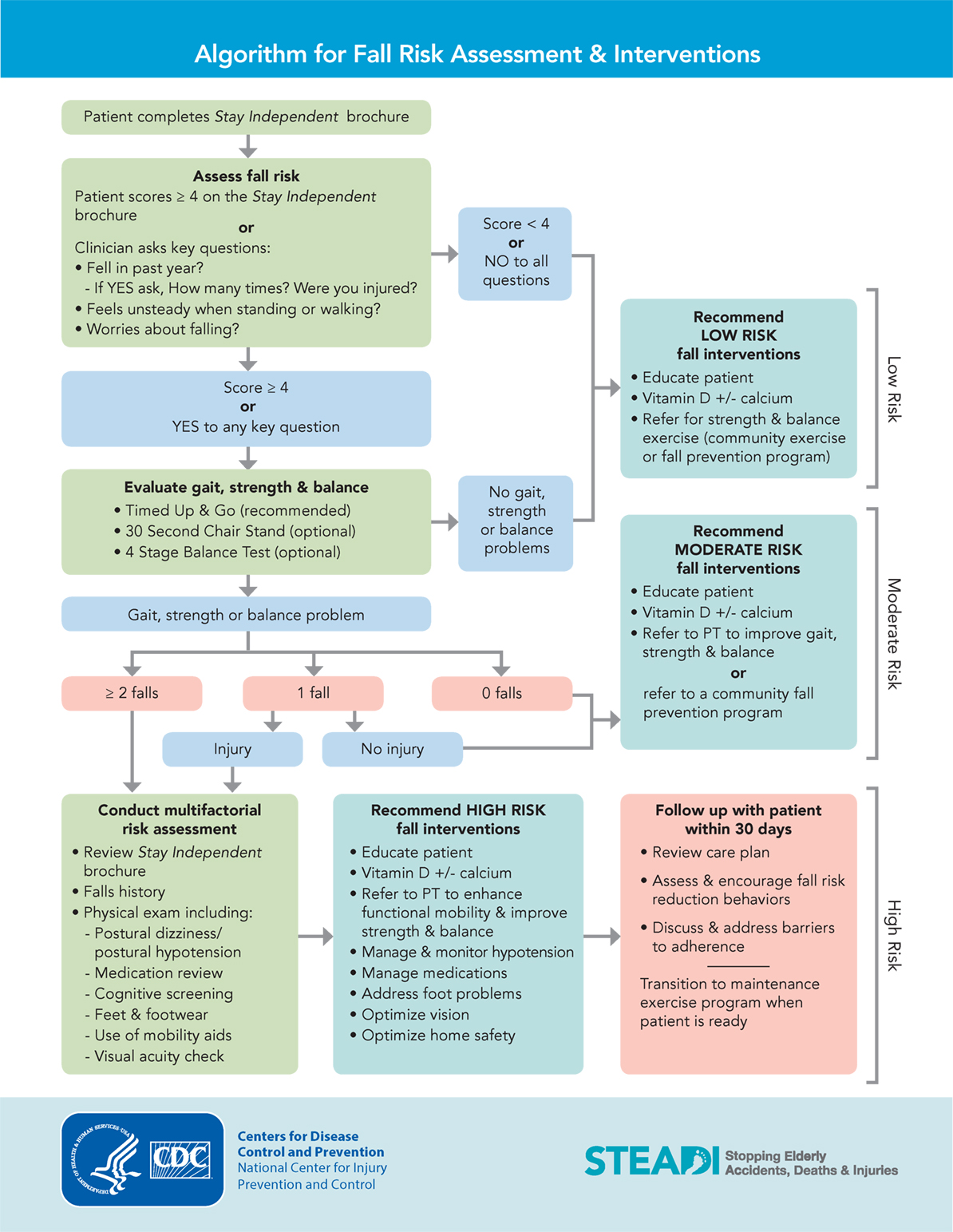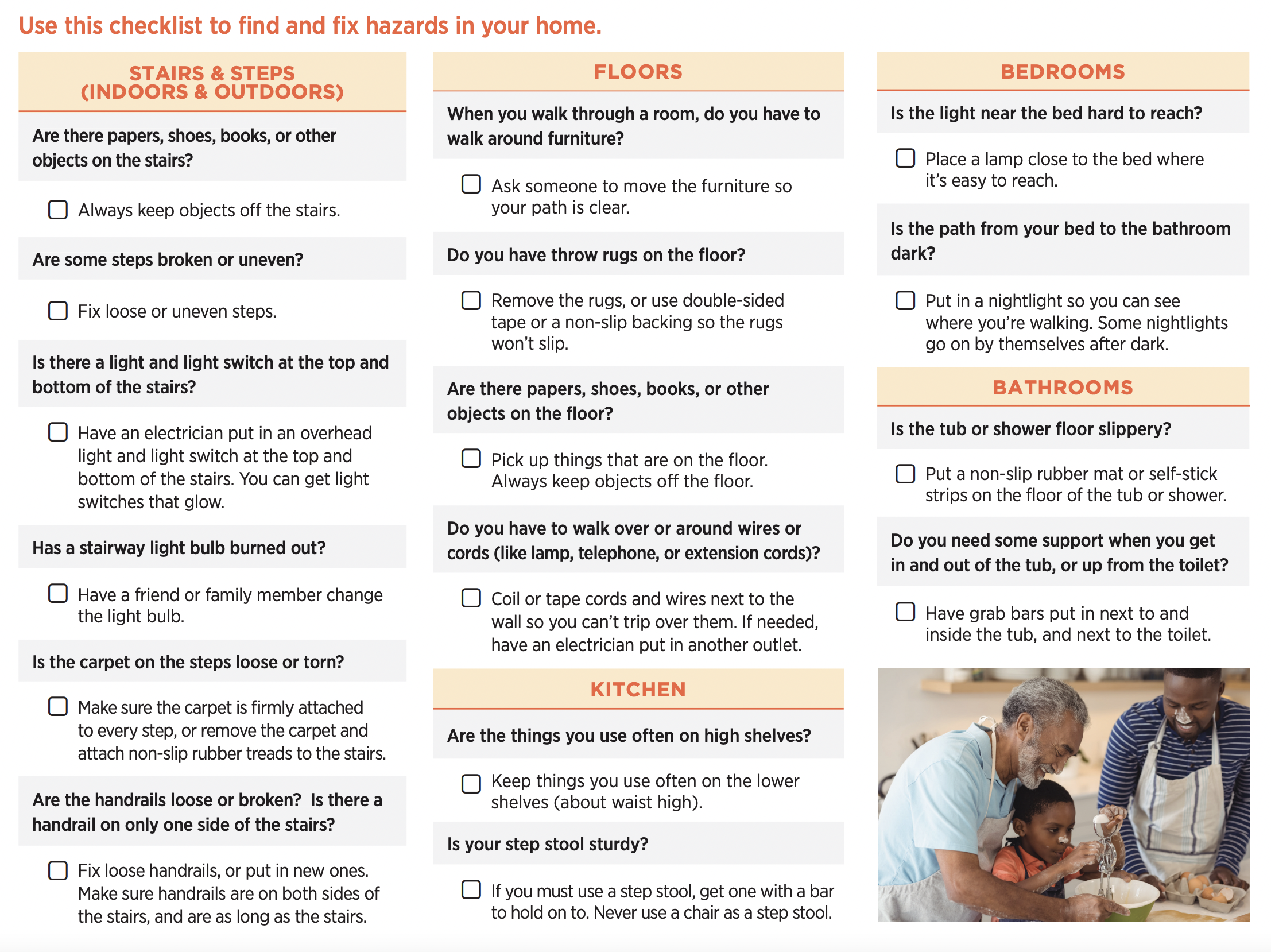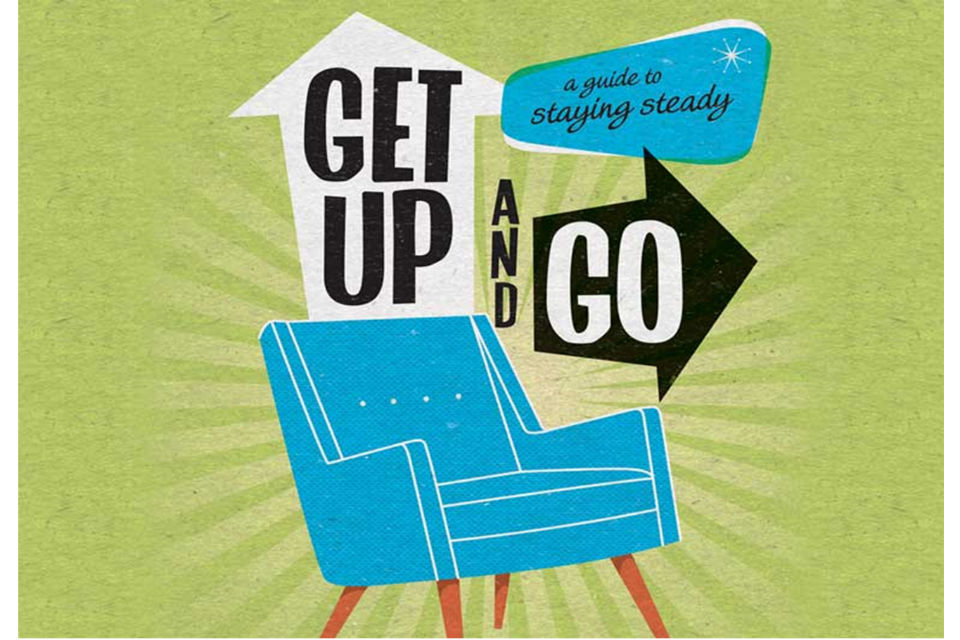All About Dementia Fall Risk
8 Simple Techniques For Dementia Fall Risk
Table of ContentsThings about Dementia Fall RiskGetting The Dementia Fall Risk To WorkThe Main Principles Of Dementia Fall Risk Not known Facts About Dementia Fall Risk
A fall risk assessment checks to see exactly how likely it is that you will certainly fall. It is mostly done for older adults. The evaluation typically consists of: This consists of a series of inquiries about your general health and wellness and if you've had previous falls or problems with balance, standing, and/or strolling. These devices evaluate your strength, equilibrium, and gait (the means you walk).STEADI consists of screening, examining, and intervention. Interventions are recommendations that might lower your danger of falling. STEADI includes three steps: you for your threat of falling for your danger aspects that can be boosted to try to stop drops (for instance, equilibrium troubles, impaired vision) to decrease your risk of dropping by utilizing efficient strategies (for instance, giving education and learning and resources), you may be asked several questions including: Have you fallen in the past year? Do you feel unstable when standing or strolling? Are you bothered with falling?, your company will certainly test your strength, balance, and gait, using the adhering to autumn assessment tools: This examination checks your stride.
Then you'll rest down again. Your copyright will certainly inspect the length of time it takes you to do this. If it takes you 12 secs or more, it might suggest you go to greater risk for an autumn. This test checks toughness and equilibrium. You'll being in a chair with your arms went across over your chest.
The settings will get harder as you go. Stand with your feet side-by-side. Move one foot midway onward, so the instep is touching the big toe of your other foot. Relocate one foot fully before the other, so the toes are touching the heel of your various other foot.
The Dementia Fall Risk Statements
The majority of falls happen as an outcome of multiple adding aspects; for that reason, managing the risk of falling begins with identifying the variables that add to fall risk - Dementia Fall Risk. Some of the most pertinent risk elements include: History of previous fallsChronic medical conditionsAcute illnessImpaired gait and equilibrium, lower extremity weaknessCognitive impairmentChanges in visionCertain risky drugs and polypharmacyEnvironmental elements can also boost the risk for falls, including: Poor lightingUneven or damaged flooringWet or slippery floorsMissing or damaged handrails and get hold of barsDamaged or incorrectly equipped devices, such as beds, mobility devices, or walkersImproper use of assistive devicesInadequate guidance of individuals living in the NF, consisting of those that display aggressive behaviorsA successful loss threat administration program requires a thorough scientific assessment, with input from all participants of the interdisciplinary group

The care strategy should additionally consist of interventions her explanation that are system-based, such as those that promote a risk-free setting (ideal lighting, handrails, grab bars, and so on). The effectiveness of the interventions should be examined regularly, and the treatment plan revised as necessary to reflect adjustments in the autumn risk analysis. Executing a loss threat monitoring system making use of evidence-based ideal practice can reduce the prevalence of drops in the NF, while restricting the capacity for fall-related injuries.
The Single Strategy To Use For Dementia Fall Risk
The AGS/BGS standard recommends screening all adults matured 65 years and older for loss danger each year. This screening contains asking clients whether they have fallen 2 or more times in the past year or sought clinical attention for a fall, or, if they have actually not dropped, whether they feel unstable when strolling.
Individuals that have actually dropped as soon as without injury must have their equilibrium and gait assessed; those with stride or equilibrium problems need to receive added why not try this out assessment. A history of 1 fall without injury and without gait or balance troubles does not call for further analysis past ongoing annual autumn danger screening. Dementia Fall Risk. A loss danger assessment is required as part of the Welcome to Medicare evaluation

The Single Strategy To Use For Dementia Fall Risk
Documenting a drops history is one of the top quality indicators for autumn prevention and management. An essential component of risk evaluation is a medicine testimonial. Several courses of drugs raise fall danger (Table 2). copyright medicines particularly are independent forecasters of falls. These medications tend to be sedating, change the sensorium, and harm balance and gait.
Postural hypotension can commonly be relieved by decreasing the dose of blood pressurelowering medicines and/or stopping medicines that have orthostatic hypotension as a negative effects. Usage of above-the-knee assistance tube and resting with the head of the bed raised might likewise reduce postural decreases in high blood pressure. The preferred elements of a fall-focused checkup are shown in Box 1.

A yank time higher than or equivalent to 12 secs suggests high fall danger. The 30-Second Chair Stand examination examines reduced extremity toughness and equilibrium. Being not able to stand up from a chair of knee elevation without utilizing one's arms suggests increased fall threat. The 4-Stage Balance test analyzes static balance by having the individual stand in 4 positions, each gradually much more difficult.